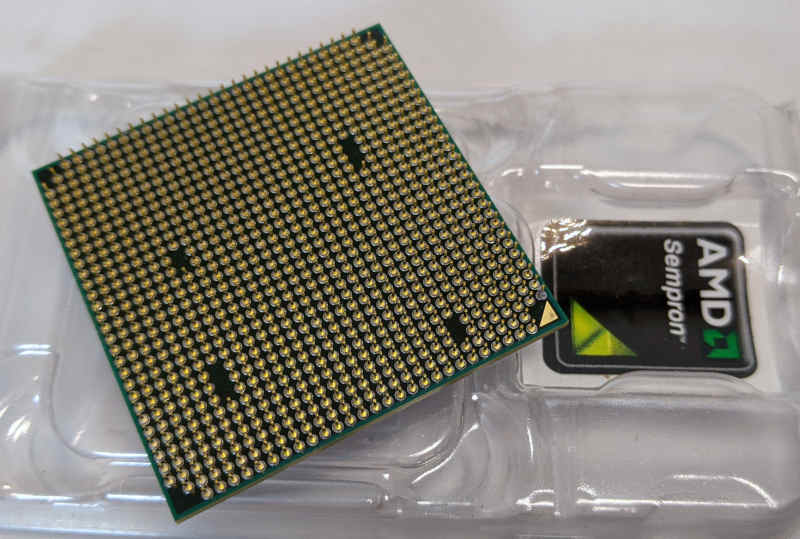
2009 AMD K10 UPGRADE
These results should interest those looking to upgrade CPU's though, ESPECIALLY those with SFF HTPCs etc.ĪMD Athlon64 X2 6000+. so i'll leave such comparisons up to others. Other websites will of course follow up with reviews. Unfortunatly, also I do not have an E5400 on hand, and therefore can't compare here either. * at 3Ghz and 3.1Ghz, the 6000+ models Memory runs slightly below 400Mhz (DDR2-800) *the IMC/NB speed remains at 2000Mhz (a power saving feature of the Split clock design, but has some memory bandwidth implications) Despite its size, power consumption is well in check, and temp's stay very reasonable.įor the following comparison, I chose to put it straght up against what it replaces, in complete out-of-the-box stock form, rather than try to compare the K10 uARCH with extreme acuracy, as it's of no interest to most.

This will be welcome to those using small formfactor cases. Basically a Cut down version of the taller Phenom II 80w and 95w heatsinks. Here's an Artists impression (I'm no artist actually but I don't know any other term ) did some time ago nect to Phenom II / Deneb.ĭeneb/Shanghai (6MB 元, Quad core): Regor (dual core)Īnd with the lid off compared to what it replaces, the 65nm K8 Brisbane core.įor the Record, Die sizes are as follows:Īs you can see. They do not however have the shared 元 on top of that. Like in the old X2, the two cores have their own L1 Cache, and L2 Cache, of 64KB and 1MB respectivly (Yes, a larger L2 than PHenom II). (would be extremely close, wish I had a 4850/5050e to compare)Īt its core is the 2nd gen 45nm K10 microarchitecture, in the same form as the current PHenom II series. 3Ghz clock speed with power consumption approaching 45watt TDP levels. *A varying IPC increase in the 5-15% range *A performance/watt increase of somewhere over 30% compared to standard bin Brisbane cores. So anyway, I'll cut to a semi conclusion straight away. I'll try and get hold of one shortly to see how much faster IT is. In a slightly different corner of the room, The PHenom II 550 has also launched( ), and in many ways is more exciting performance wise (6Mb 元 cache, the potential to be unlocked to 4 cores), it is an 80watt TDP part due to its cut-down quad core nature, and large 元 Cache, So this CPU appeals to a slightly different market. This also means a competitive, low power notebook platform is just around the corner (Q3 this year - known as Tigris) based on these very CPUs. That's not a bad thing though, and HTPCers, or those disatsified with the limited and outdated low power (under 65watt) offerings should be happy, as this CPU has increased AMD's dual core performance/Watt by a big amount, and finally brought proper competition int he low end with Intel. So no this is not a ground breaker, nor is it a competitor for the 8xxx series.

Sure it would still be a bit slower clock/clock, but As these tests have shown the K10 uARCH in a Dual-core format scales very well frequency wise, and is very efficient.īut alas, Phenom has been and gone, Phenom II is here, Quad cores are all that's high end and this CPU is now a budget ($129 at MSY) offering, competing with the likes of the E5xxx series. So, it's 2009 and this is AMD's first Native Dual core CPU since the K8 based Athlon X2 was released in 2005 (not counting "griffin" which was a K8 with Split plane power and asyncronous memory controller), and some people would argue that this is the CPU AMD should have released (on 65nm) 2 years ago.


 0 kommentar(er)
0 kommentar(er)
